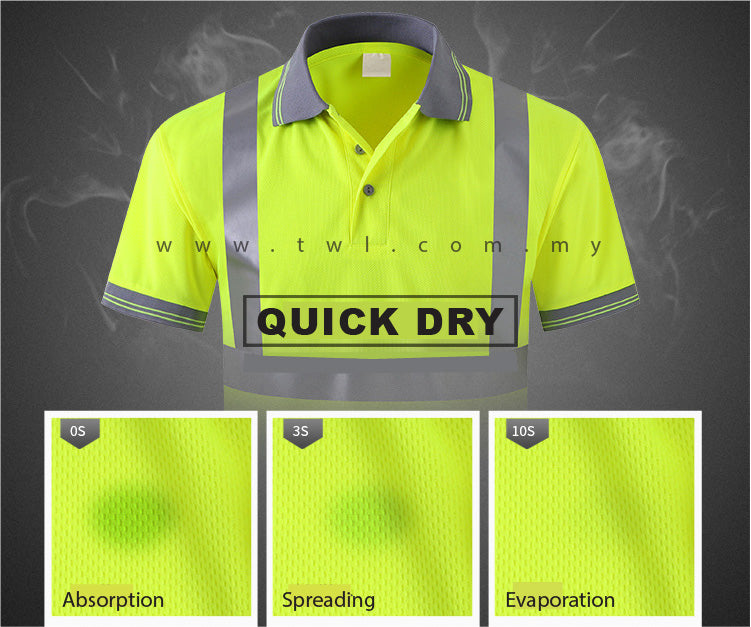Custom printed t-shirts are more than just clothing; they are a form of self-expression, a canvas for creativity, and sometimes even a means of promoting a brand or cause. Whether you have a favorite band tee, a shirt featuring your own artwork, or a company logo, these garments can tell a story about who you are. However, keeping them looking fresh and vibrant requires some care. If you've ever wondered how to care for your custom printed t-shirts, this guide is designed just for you. We'll explore essential tips and techniques to help you maintain the quality and longevity of your unique apparel, allowing you to wear them with pride for years to come.
Choosing the Right Fabric and Printing Method

Selecting the appropriate fabric and printing method is the foundational step in ensuring the longevity and durability of your custom printed t-shirts. The fabric influences comfort, fit, and how well it holds prints, while the printing technique affects the final look and wearability of the design.
Understanding Different Fabrics
When choosing a fabric for your custom printed t-shirt, consider the following options:
Cotton: Cotton is one of the most popular choices for t-shirt fabric due to its softness and breathability. It’s an excellent choice for screen printing and DTG printing because it absorbs ink well, resulting in vibrant colors.
Polyester: Polyester is known for its moisture-wicking properties, making it ideal for athletic wear. While it offers durability, it may not hold ink as well as cotton, especially with certain printing methods.
Blends: Many shirts are made from blends of cotton and polyester, offering the best of both worlds. These shirts tend to be soft and durable, but always check how the blend performs with your chosen printing method.
Fabric Weight: The weight of the fabric can affect the feel and drape of the shirt. Lightweight fabrics are great for casual wear, while heavier fabrics provide a more structured look.
Selecting the Right Printing Method
The printing method you choose can dramatically change how your design looks on fabric and how well it withstands washing and wearing:
Screen Printing: This method is ideal for bold designs and limited color palettes. It produces vibrant and long-lasting prints but may be less effective for intricate details.
Direct-to-Garment (DTG) Printing: DTG printing is perfect for detailed and multi-colored designs. It's like printing directly onto the fabric but may require special washing care due to the sensitivity of the ink.
Heat Transfer Vinyl (HTV): HTV involves cutting out vinyl sheets in your desired shape and then applying them to the fabric using heat. It's versatile but requires careful handling to avoid peeling.
Choosing the right fabric and printing method sets the stage for how well your t-shirt will last, so take your time in making these decisions.
Washing Your Custom Printed T-Shirt for the First Time
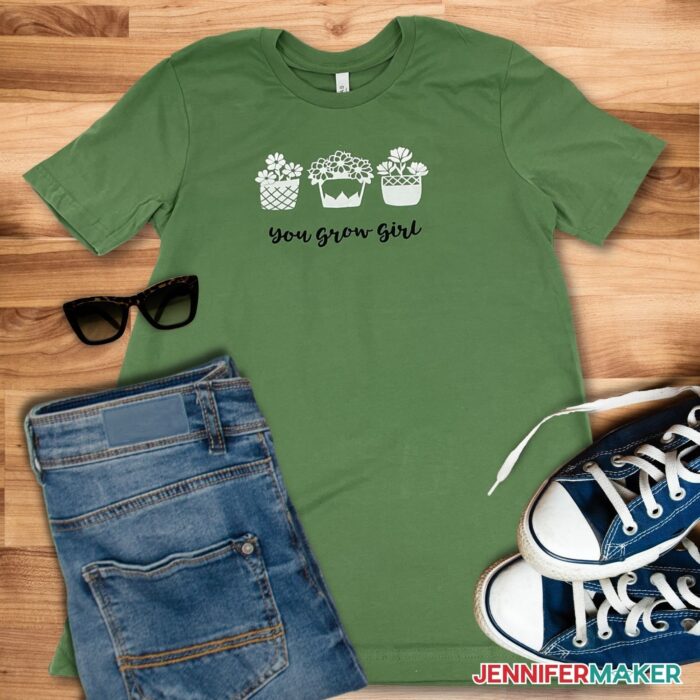
The first wash of your custom printed t-shirt is crucial. It's the moment when you want to preserve the integrity of the print and the fabric itself. Knowing how to care for your custom printed t-shirts right from the start can help set the tone for their future care.
Reading the Care Label
Before anything else, it's imperative to read the care label sewn into your t-shirt. This tiny label often contains specific instructions tailored to the fabric and manufacturer’s recommendations. Pay attention to the recommended water temperature, washing cycle, and drying instructions. Ignoring these guidelines can lead to unfortunate consequences, such as shrinkage or fading of your beautiful print.
Initial Wash Preparations
Once you’ve reviewed the care label, there are a few first wash preparations to consider:
Turn it Inside Out: Turning your t-shirt inside out helps protect the print during the washing process. It reduces friction between the fabric and the washing machine drum, limiting potential fading or damage to the print.
Use Cold Water: For the initial wash, opt for cold water. Hot water can cause the ink to bleed or fade. Unless specified otherwise by the care label, cold water is generally suitable for most printed fabrics.
Gentle Cycle: Use a gentle or delicate cycle setting on your washing machine. This reduces agitation, which can further protect the print and fabric from wear.
Choosing the Right Detergent
The type of detergent you choose can also impact the longevity of your custom printed t-shirt.
Mild Detergents: Select a gentle, color-safe detergent that won’t harm the fabric or the print. Avoid harsh detergents that can strip away natural oils and contribute to fabric deterioration.
Avoid Bleach: Never use bleach on your custom printed t-shirts. Even a small amount can wreak havoc on the print and discolor the fabric.
By following these key steps during the first wash, you can ensure that your custom printed t-shirt starts off on the right foot.
Washing and Drying Your Custom Printed T-Shirt Regularly
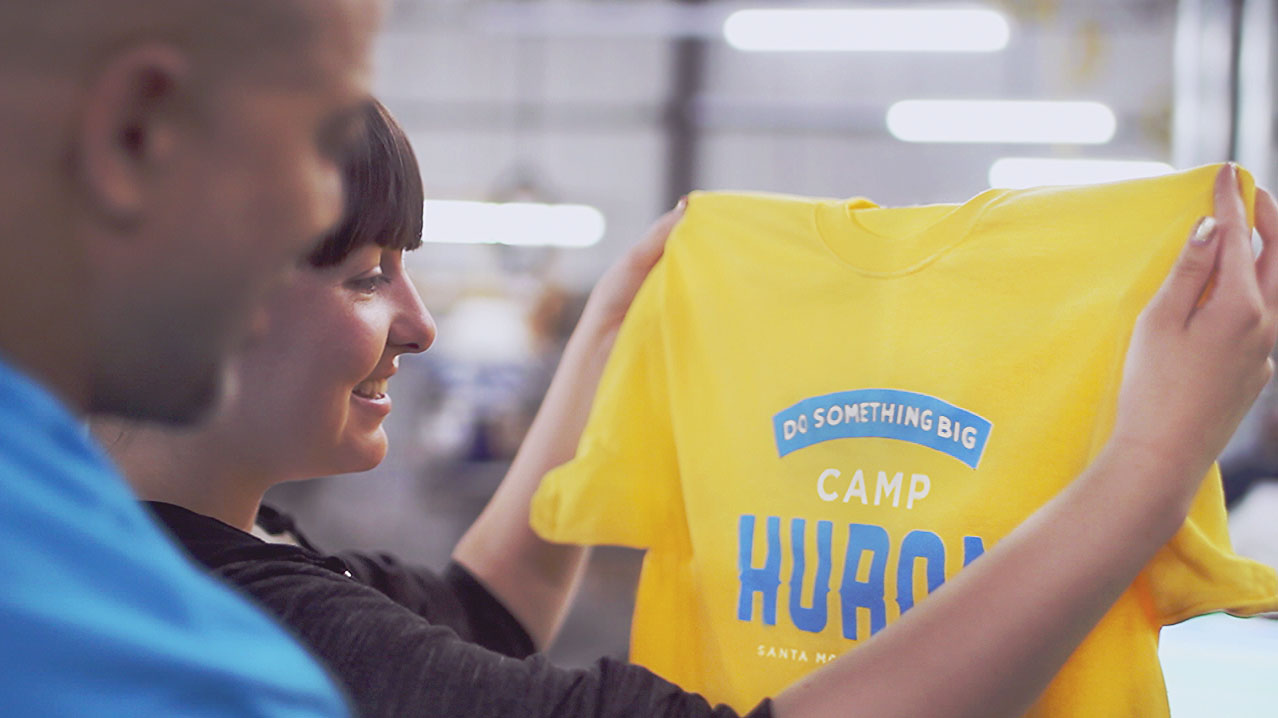
Proper washing and drying practices can extend the life of your custom printed t-shirts significantly. Here’s how to keep them looking fresh after every wear.
Regular Washing Techniques
Frequency: It’s tempting to toss your t-shirt in the wash after each wear, but that can wear it out faster. Instead, consider air-drying the shirt or spot cleaning if necessary. This approach allows you to enjoy your t-shirt longer between washes.
Cold Water: When it’s time to wash, stick to cold water to prevent fading. Even if your shirt has been worn multiple times, the cold wash will be gentler on both fabric and print.
Inside Out: Always turn your t-shirt inside out before washing, regardless of how many times you have worn it. This simple trick continues to minimize contact between the print and the washing machine.
Drying Techniques
Air Drying: Air drying is the best option for preserving the integrity of your print. Hang your t-shirt in a shady spot to avoid sun exposure, which can cause fading. Indoors or outdoors, aim for a well-ventilated space.
Low Heat Tumble Dry: If you prefer using a dryer, ensure you set it to low heat. High temperatures can cause shrinking and damage the print, so keep the heat at a minimum.
Avoid Over-Drying: Don't leave your t-shirt in the dryer until it's completely dry. Over-drying can lead to cracking of prints and reduced fabric quality. Remove the shirt while it is still slightly damp and let it air dry completely.
By adopting these washing and drying techniques, you can enjoy your custom printed t-shirts while maintaining their vibrant colors and designs.
Avoiding Common Mistakes

Despite our best efforts, common mistakes can still occur when caring for custom printed t-shirts. Identifying and avoiding these pitfalls can go a long way in preserving their appearance.
Using Harsh Chemicals
Regardless of how dirty your t-shirt may seem, avoid using harsh chemicals like bleach or strong detergents. They can lead to irreversible damage, causing colors to fade and prints to deteriorate. Stick to gentle products designed for delicates to keep your shirts looking their best.
Skipping the Care Label
Neglecting the care label can be detrimental. Each shirt comes with specific washing and drying instructions based on the fabric and print used. Skimming over the label can result in unwanted surprises, such as shrinkage or fabric degradation. Always make it a habit to refer to the care label before doing laundry.
Ignoring Ironing Instructions
If your custom printed t-shirt requires ironing, failing to follow the right method can damage the print:
Heat Settings: Use a low heat setting when ironing and never place the iron directly on the print. Instead, place a thin cloth or pressing sheet between the iron and the print to shield it from direct heat.
Ironing Position: Always iron your shirt inside out to avoid direct contact with the print. This method preserves the vibrancy and texture of the design.
Taking precautions to avoid these common mistakes can enhance the lifespan and appearance of your custom printed t-shirts.
Storing Your Custom Printed T-Shirts Properly
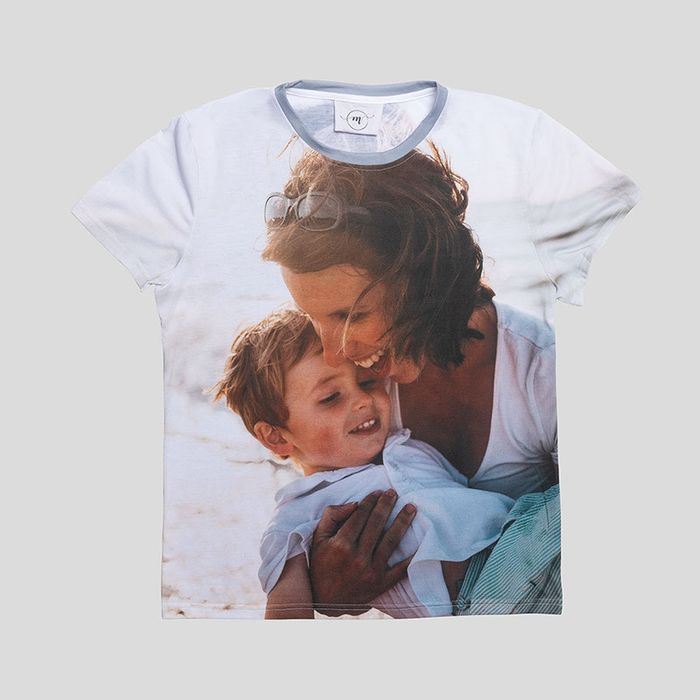
Proper storage plays an essential role in prolonging the life of your custom printed t-shirts. How you store them can either enhance their longevity or risk damage over time.
Folding vs. Hanging
Folding: If you’re short on space, folding can be an effective storage solution. Make sure to fold your t-shirts neatly to prevent creases. Stack them horizontally in a drawer or on a shelf, ensuring that the stack isn’t too high to avoid crushing the print.
Hanging: Hanging t-shirts can help prevent wrinkles and allow for easy visibility. Use padded hangers to avoid distortion in the fabric. Be cautious with the weight of the shirt, as heavy graphic prints may stretch the fabric when hung.
Climate Considerations
Cool and Dry Storage: Store your custom printed t-shirts in a cool, dry place. Excess moisture can lead to mold growth, while heat can weaken fabric fibers and degrade prints.
Avoid Direct Sunlight: Keep your t-shirts away from direct sunlight, as UV rays can fade colors over time. Consider using opaque storage containers or fabric bins to shield them from light exposure.
Additional Storage Tips
Labeling: If you have a large collection of custom printed t-shirts, consider labeling your storage boxes or drawers. This makes it easier to locate specific designs without rummaging through piles.
Regular Check-Ups: Periodically inspect your stored t-shirts for signs of dampness or pests. Catching issues early can save your garments from irreparable damage.
By taking the time to store your custom printed t-shirts properly, you can ensure they remain in top condition for years.
Troubleshooting Common Issues
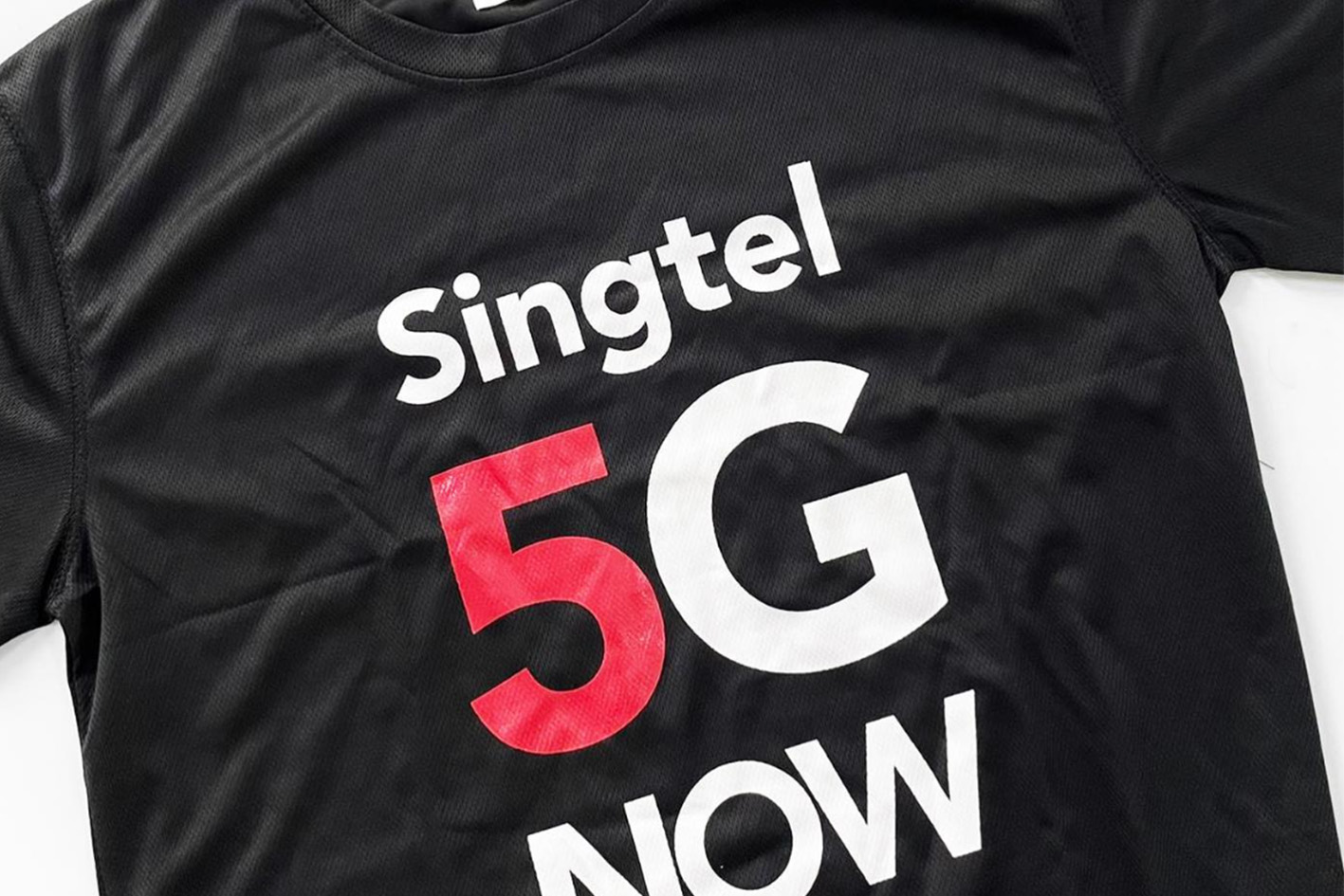
Even with the best care, issues can arise with custom printed t-shirts. Knowing how to troubleshoot these common problems can help you tackle them effectively.
Fading
Fading is a common concern, especially for designs created through DTG printing. To minimize fading, adhere strictly to washing guidelines. Additionally, avoid exposing your t-shirt to direct sunlight for prolonged periods, as UV rays can degrade colors.
Cracking
Cracking often occurs with HTV prints, particularly if they are subjected to excessive stress or heat. To avoid this, treat your t-shirt gently, and refrain from stretching or pulling the fabric. If you notice cracking after washing, apply a fabric-safe adhesive to the affected area as a temporary fix.
Peeling
Peeling can happen with HTV prints if they aren’t cared for correctly. Prevent this issue by avoiding rough surfaces and aggressive washing techniques. If peeling occurs, carefully trim the edges with scissors instead of pulling or tearing.
If you encounter these issues, remember that prevention is always better than cure. Proper care, washing techniques, and storage can help mitigate these common problems.
Extending the Lifespan of Your Custom Printed T-Shirt
The goal is to maximize the lifespan of your custom printed t-shirts, ensuring they remain a part of your wardrobe for as long as possible. Here are some strategies to achieve that.
Limit Washing Frequency
Washing your t-shirt after every wear can lead to unnecessary wear and tear. Unless your shirt is heavily soiled or stained, consider airing it out to reduce odor and sweat buildup. Spot cleaning can also be a useful alternative to frequent washing.
Rotate Your Wardrobe
If you own several custom printed t-shirts, rotate them regularly. Wearing different shirts prevents any single t-shirt from experiencing too much wear, extending the overall lifespan of your collection.
Maintain a Clean Environment
Keep your closet organized and clean. A dust-free environment prevents dirt accumulation on your garments, while a clutter-free space minimizes the chances of snagging or damaging prints when retrieving or storing shirts.
By implementing these practices, you’ll not only extend the life of individual t-shirts but also maintain a vibrant and appealing collection.
Protecting Your Design from Fading
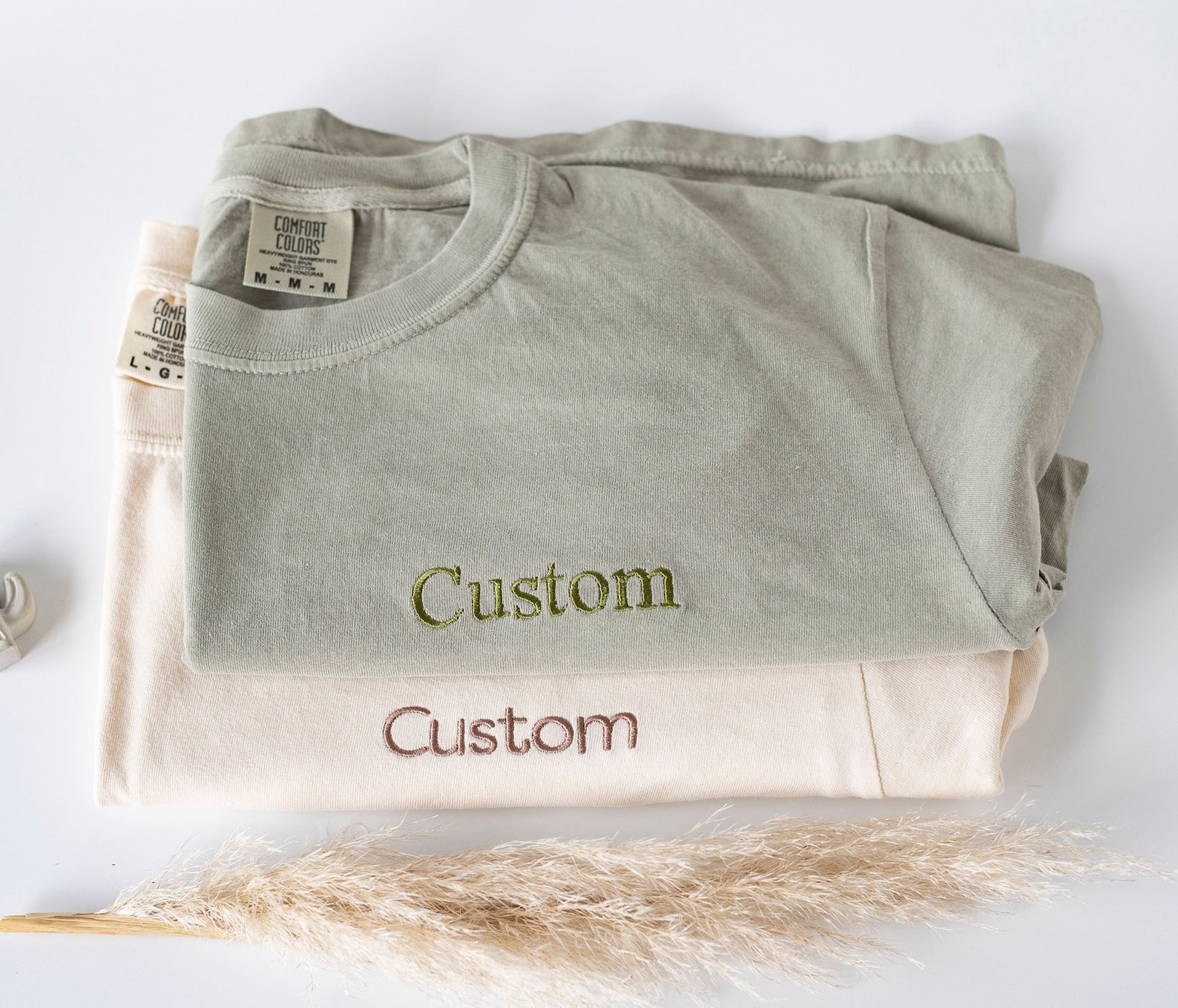
Protecting your custom printed t-shirt designs from fading is essential for keeping them looking fresh. Here are ways to ensure the longevity of your graphics.
Optimal Washing Conditions
As discussed earlier, washing your t-shirt in cold water and turning it inside out helps protect prints during the wash cycle. Integrate these practices as regular habits to safeguard against fading.
Avoiding Sun Exposure
Sunlight is one of the leading causes of color fading. When wearing your t-shirt outdoors, strategize by seeking shaded areas when possible. Be mindful of where you store your shirts—keeping them in dark or shaded spaces can prolong their vibrancy.
Selecting Quality Prints
Investing in quality prints from reputable manufacturers can make a significant difference. Higher-quality inks and printing techniques are more resistant to fading and wear over time.
Following these strategies guarantees that your designs stay vibrant while you enjoy your custom printed t-shirts.
Caring for Different Printing Techniques

Understanding the nuances of various printing techniques will enable you to provide the best care for your custom printed t-shirts.
Screen Printing Care
Screen printed t-shirts are remarkably durable but still require attention. Follow the general washing and drying guidelines, ensuring you avoid harsh chemicals. These prints typically withstand repeated washing without issue, but be conscious of direct sunlight exposure.
Direct-to-Garment (DTG) Printing Care
With DTG prints, extra caution is necessary due to the fragility of the ink. Always wash in cold water and avoid tumble drying at high heats. Treat these shirts gently, and if you notice any wear, address it immediately to prevent further damage.
Heat Transfer Vinyl (HTV) Care
HTV prints require meticulous care to prevent peeling or cracking. Always wash your HTV shirts inside out and avoid using fabric softeners. If ironing is necessary, do so carefully, avoiding direct contact with the vinyl. Following these care instructions helps retain the quality of HTV prints.
Understanding the specifics of these printing techniques equips you to deliver the best care for your custom printed t-shirts, maximizing their lifespan.
Tips for Maintaining the Appearance of Your Custom Printed T-Shirt

Maintaining the appearance of your custom printed t-shirts is an ongoing effort. Here are additional tips to keep them looking fresh.
Regular Spot Cleaning
Instead of tossing your t-shirts in the wash every time they get a little dirty, utilize spot cleaning techniques. Use mild soap mixed with water, and gently dab the stained area with a cloth. Rinse thoroughly and allow it to air dry. This minimizes wear while keeping your t-shirts looking pristine.
Be Mindful of Accessories
Pay attention to accessories that could potentially rub or snag against your t-shirts. Jewelry, belts, and bags can create friction, leading to pilling or damage. Opt for softer materials and avoid rough edges to reduce the risk of accidental wear.
Invest in Fabric Spray
A fabric spray designed for refreshing clothing can work wonders. Use it sparingly to eliminate odors without needing to wash frequently. This allows you to maintain freshness while minimizing wear and tear.
By integrating these maintenance strategies into your routine, you can keep your custom printed t-shirts looking immaculate for years.
Conclusion
Caring for your custom printed t-shirts may require a bit of extra thought and attention, but the rewards are undoubtedly worthwhile. By understanding the intricacies of different fabrics and printing techniques, mastering proper washing and drying practices, and avoiding common pitfalls, you'll be well-equipped to maintain the vibrancy and longevity of your unique apparel. Remember, the key to keeping your custom printed t-shirts looking fresh lies in preventive care, thoughtful storage, and respectful handling. With these strategies in place, you can continue to express yourself through your custom t-shirts, showcasing your style and personality with confidence.




